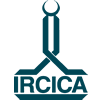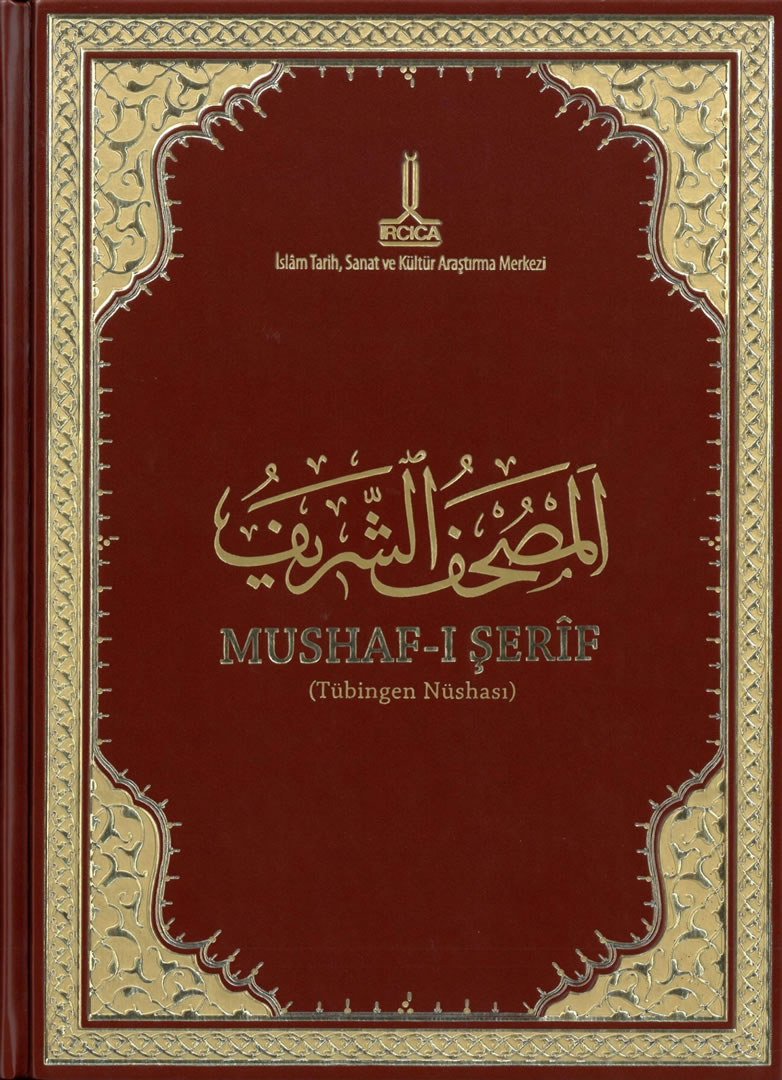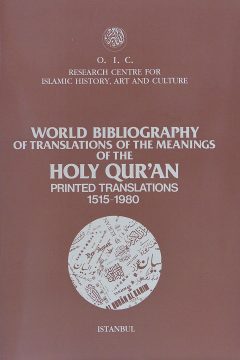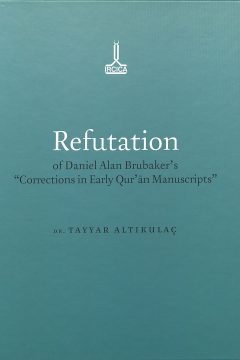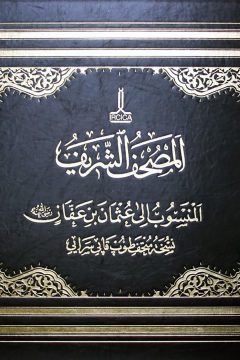IRCICA’s research program on the earliest copies of the Holy Quran continues. It aims to trace the process of transmission of the Quran starting from the first manuscripts and examine features as to script, orthography and physical composition, among others, with reference to the historical periods and geographical locations. In this context IRCICA published six books until the present, relating to: the following copies: those attributed to the time of the Third Caliph, Uthman bin Affan and preserved, respectively, at Topkapı Palace Museum in Istanbul (2007) and at the Central Library of Islamic Manuscripts attached to the Ministry of Awqaf of Egypt in Cairo (2009); the copy attributed to the time of Ali bin Abi Talib and located in the Manuscripts Library near Sana’a Grand Mosque, Yemen (2011); the copy dated to the period of Uthman bin Affan and preserved at the Islamic Arts Museum in Cairo (2014); the early fragment preserved at the National Library of France, in Paris (2015) and now, the early fragment located at Tubingen University Library in Germany (2016).
The fragment at Tubingen University Library is estimated to be dating from the period 649-675 AD. In volume, it is approximately one-fourth of the contents of the Quran. The whereabouts of the remaining parts of the manuscript are unknown. The script accords with the rules of the Rasm Uthmani. In this publication, Dr. Altıkulaç, a scholar in Quranic studies of international renown, establishes its characteristics after a thorough analysis of its features. He compares it with other manuscripts studied within the framework of this project. He takes into account and quotes from earlier studies made on this manuscript by specialists in Europe. He describes its calligraphic features, orthographic differences as compared to established usage, its particularities as to vowel signs, dots and symbols and their significance. The study contributes importantly to knowledge on the history of dissemination of the Holy Quran.
